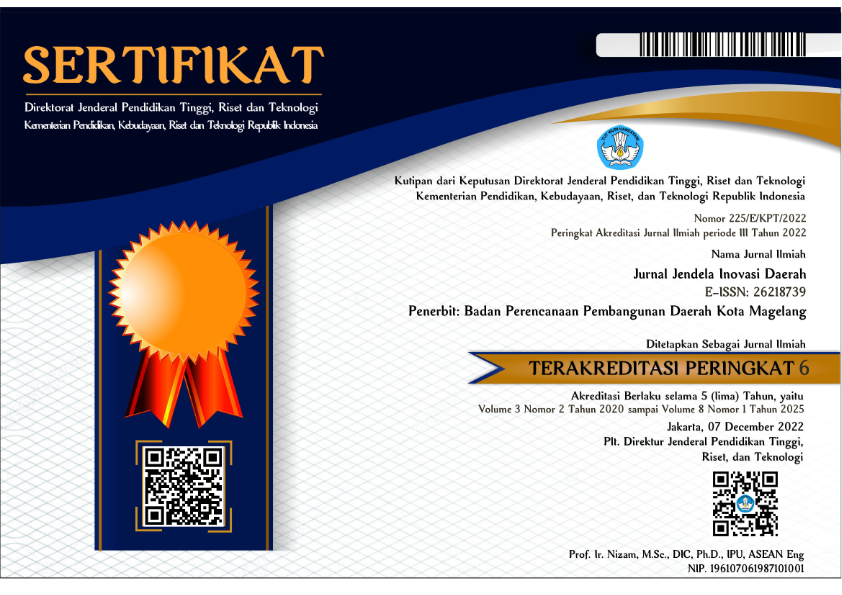TERAPI DALAM MENGATASI DISMINORE PRIMER PADA REMAJA PUTRI
Abstract
Menstrual pain is a problem that is quite disturbing activity and causes a bad mood so that women do not like menstrual pain. Primary dysmenorrhea is menstrual pain that is not associated with pathological abnormalities. Menstrual pain experienced by many young women is estimated at 40% to 50%. Many things are done to reduce pain such as the use of drugs or other ways such as the use of herbs, drinking juice, distraction, relaxation, massage or pressing the stomach, the use of aromatherapy, compresses, exercise and rest and sleep. Based on research conducted at Secang 3 Public Middle School, Magelang Regency shows that most teenagers who experience menstrual pain experienced mild pain 59 respondents (60.2%), moderate pain 30 respondents (30.6%) and severe pain 9 respondents (9.2%). Most of the students liked non-pharmacological therapy 96 respondents (94.1%) and 2 respondents (1.96%) chose pharmacological therapy which is antipain medication. The type of non-pharmacological therapy that has been chosen to reduce menstrual pain is depressing the stomach with the fetal position of 67 respondents (68.4%), resting or sleeping 62 respondents (63.3%). Most of the teenage girls during menstruation choose to press the stomach and sleep rest because it is easy to do, inexpensive and there are no side effects to the body. It is advisable to do activities to flex the uterine muscles as they approach menstrual days to reduce menstrual pain and medical examinations for those who experience severe pain.
















